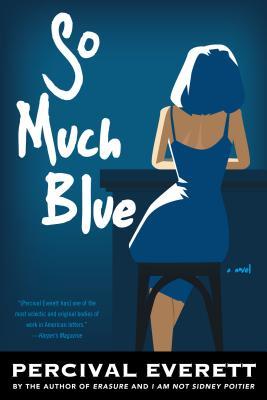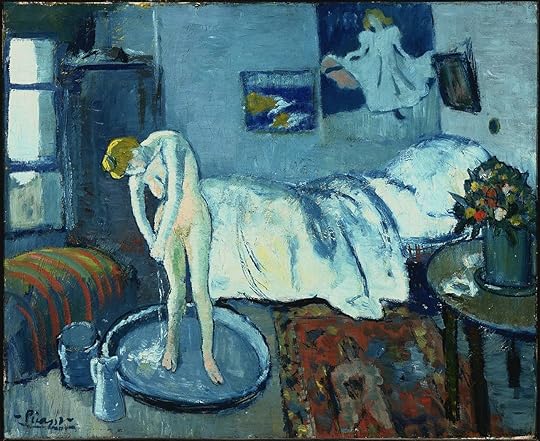What do you think?
Rate this book


236 pages, Paperback
First published June 13, 2017
“No, I never flew into rages or stumbled late and noisily into dance recitals or yelled a little too loud and made inappropriate comments at soccer games, but I became acutely aware that I wore a sickly-sweet late evening cologne and I noticed how my children looked at my eyes, holding them for too long and looking away too quickly.”There is a paragraph less than fifty pages in which describes what happens in Paris when Kevin is visiting a museum on a day his wife is traveling and happens upon a young woman, a watercolorist, who recognizes him and invites him somewhere they can talk comfortably.
“Very close of course was Victoire’s flat. She was, after all, a watercolorist and her apartment was full of them. Thankfully they were not portraits of cows, but there was a preponderance of empty parks and stark river scenes. There was a large window that overlooked a garden. In the middle of the garden was a broken birdbath and I felt a little guilty when I realized I was paying more attention to it than to the many works of art. I turned my attention to her work and found them well done, but ordinary.”This paragraph with all its conflicted feelings describes a true thing; I know this because it happened to me. I can’t remember now if I was the young woman or the older man. Perhaps I was the younger woman with the eyes of an older man.
Shortlisted for the Tournament of Books 2018!
“The real sadness was that I drifted away from my wife and children because of alcohol, but instead of finding the current back to them when I ceased, I camped out on an uncharted island in the middle of myself.”

"Don't think I didn't notice that you're a nigger."

"A picture is a secret about a secret, the more it tells you the less you know."
"I had isolated myself in my work. I had used my work as a refuge, a sanctum, a hiding place...
"The irony, one of them, was that my depression actually fed my work, made my art better, gave it a gravity, a depth that it hadn't had before."
"A secret can exist only if its revelation, discovery, even betrayal is possible."
In So Much Blue we have a muted, sober rendering of what seems to be a cliché: that of the financially well-off bourgeois artist coming to terms with his life in his 50s. It’s not an easy novel to talk about or even recommend; what sounds terribly pedestrian in the description is, of course, something else entirely in Everett’s hands. The book’s narrator is Kevin Pace, now a respected abstract painter who lives a “very arty and New Englandy” life. When we meet him, he’s extremely wary of the success he has and the very notion of it. “Personally, I no longer care about being a genius,” Kevin tells us.
The epigraph to the novel is a quote by Diane Arbus: “A picture is a secret about a secret.” We learn that Kevin has a secret painting in the shed that he’s never let anyone see, not his wife, not his kids, not his best friend Richard. Kevin has heard that “there is much talk or chatter, prattling, in the so-called art world (which is more doubtful, art or world?) about my secret painting, that painting, this painting.” It might be the case that because of his fame, “some parties” have already started bidding on his secret painting without giving a fig about what it is. There’s less concern about the art and more concern about the value of his name in the market. “From what I have heard, my family might be taken care of for a couple of generations after my death. There is really nothing comforting in this knowledge.”